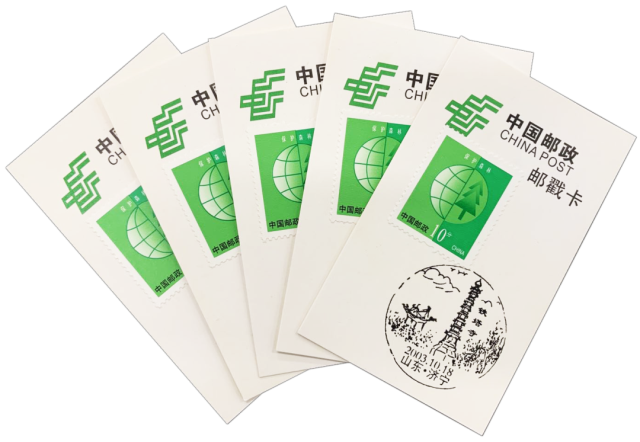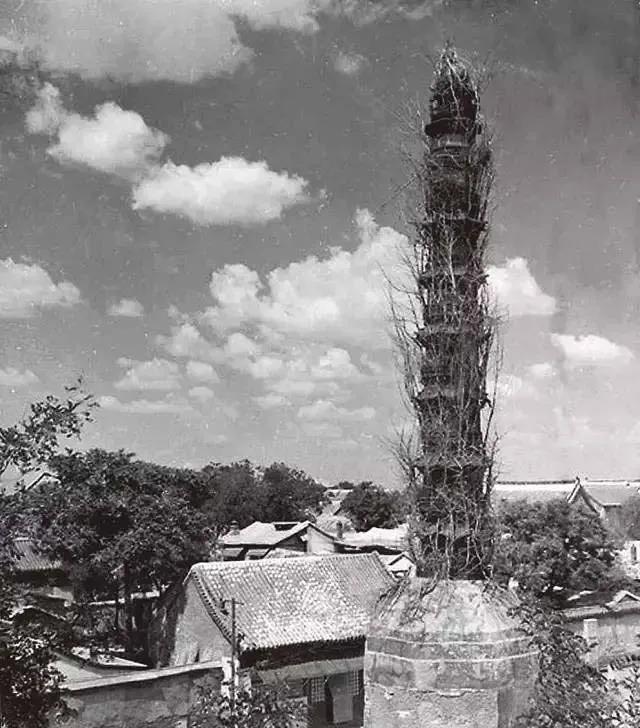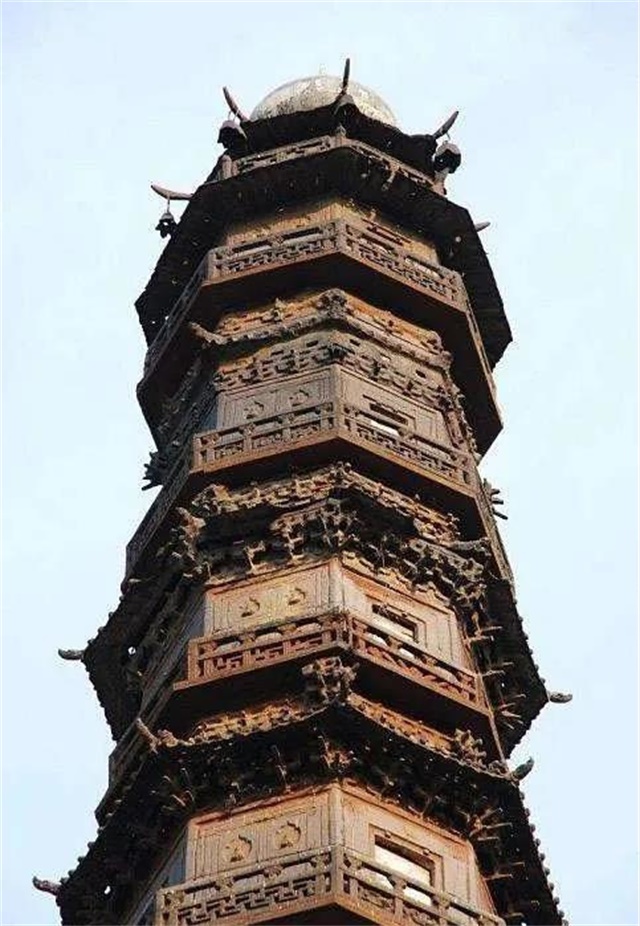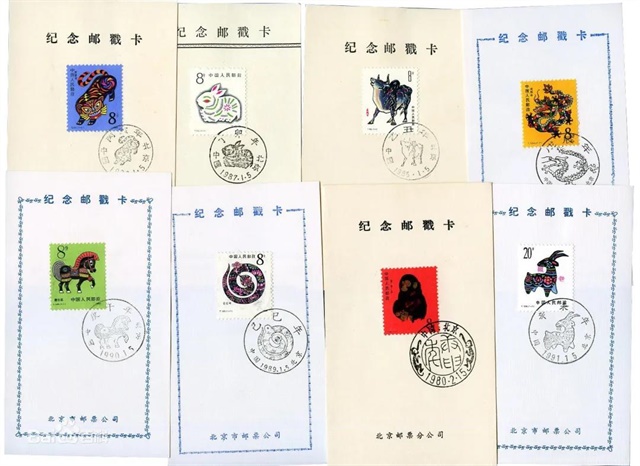
Among the six ancient iron towers that have survived to date in China, Jining Iron Tower is unique in a wood-like shape and structure. In Steel Structure Museum, there is a postmark card of Jining Iron Tower Temple issued by China Post. It is 15cm long and 9cm wide, with a theme postmark of "Iron Tower Temple" stamped on the surface and a 10-cent stamp pasted on it.

Postmark card of "Iron Tower Temple" in Steel Structure Museum
Jining Iron Tower is located in Chongjue Temple, Jining City, Shandong Province. Chongjue Temple, also known as Sakyamuni Temple, was built in the first year of the reign of Emperor Huangjian of the Northern Qi Dynasty during the Northern and Southern Dynasties(the year of 560). An iron tower was built in the fourth year of the reign of Emperor Chongning in the Northern Song Dynasty (1105), hence the name Iron Tower Temple. According to documentary records, in that year, in order to realize her husband's wish, Chang, the wife of Xu Yong'an, a native of the county, funded the casting of Sakyamuni Tower with iron in Chongjue Temple. Due to years of war, the construction was suspended when the iron tower stopped at seven stories. In spite of generous praises from later generations, "the imperfection of a topless iron tower" was a universally recognized pity. "It's like a tall and strong man who wears a sword but no crown." In the ninth year of the reign of Emperor Wanli in the Ming dynasty (1581), in response to the call of a local official named Gong Mian in Jining and the provincial chief Mr. Xiao, money and manpower were mobilized to cast iron on another two added stories and crown the top of the tower with a bronze gilt roof, surrounded by wind bells in four directions, as what it is today.

Jining Iron Tower in the Republic of China
Jining Iron Tower is a pavilion-style tower that has 9 stories, or 11 ones if the tower base and the temple roof are are included. It is 23.8m high. The lower part of the iron tower is a brick octagonal base, and a door is opened to the south. The interior is filled with nanmu square crossing trusses, and the top is built as a latticed caisson. A stone carved thousand-hand Buddha statue dating back to the Song Dynasty was enshrined inside, and the statue base is carved with Buddhist myths, preaching, apsaras and other story scenes. The tower body is octagonal, shrinking from bottom up. On each storey there are doors on four sides and niches for Buddha statues on the other four sides. There are 36 doors and 56 Buddha statues throughout the tower; the interior of the tower is filled with bricks, and each story contains elements like eaves, flat seats, hooks, etc.; the tower body is carved with inscriptions, and characters of "Built by Chang During the Reign of Emperor Chongning in the Northern Song Dynasty in 1105 to Her Husband Xu Yong'an's Wish" in slim yet sturdy strokes of regular script were inscribed on the southeast and northeast walls of the first story. Characters of "Long live the Emperor and His Rule" were inscribed on the southeast wall of the second story. There are also characters inscribed on the northwest wall of the sixth story, but unfortunately they have been hardly eligible due to serious corrosion and rust. The peach-shaped pyramidal roof was made of golden bronze metals, and the lotus-shaped base was also cast with copper and tightly integrated with the roof to form a tower temple. The iron tower has a rigorous structure, a beautiful shape, and the distinctive characteristics of wood-like structure. It fully shows the superb architectural form and smelting technology in ancient China and is a precious heritage of the iron molding art.

The shape of the iron tower has distinctive characteristics of wood-like structure
In 1973, when the cultural relics department repaired and consolidated the iron tower, a number of Buddhist relics were found, including one relic sarcophagus, one relic porcelain case and one wooden case, two bronze Buddha statues, one bronze mirror, one iron plate, one Saddharma Pundarika Sutra and one stone statue stele. The tower was thus identified as a stupa. In 1988, Jining Tower and the surrounding ancient buildings were announced by the State Council as national key cultural relics protection units.
[Tip] Postmark Card
Postmark card is a kind of small hard paper card specially for stamping various postmarks or specially made by stamp collecting departments that stamp various postmarks on it for stamp collectors.

Commemorative Postmark Cards of Chinese Zodiac
Postmark cards can be functionally classified into ordinary, commemorative, and landscape types; by the printing style, they can be classified into vertical, horizontal, and envelop types.